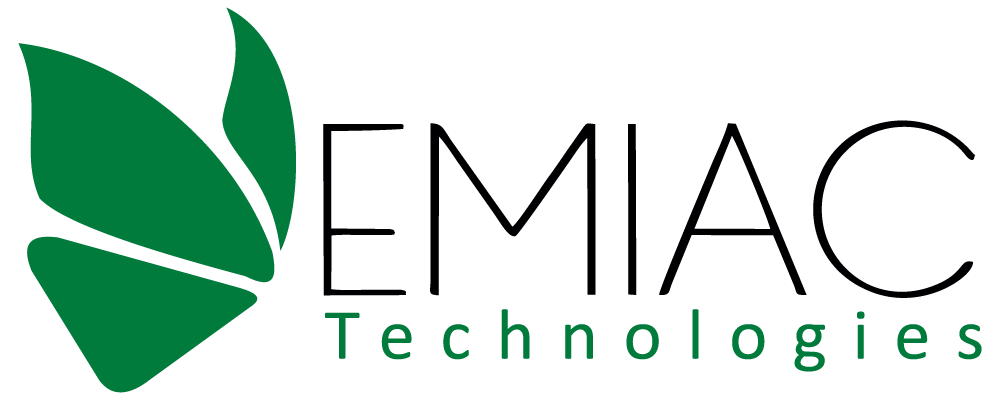In the intricate web of website management and SEO, broken links are the thorns in our digital sides. These link hiccups disrupt the user experience and throw a wrench into your SEO efforts. But fear not, for link reclamation swoops in as the unsung hero, rescuing your website’s credibility and search rankings.
In this article, we’ll unravel the mystery of link reclamation – the art of fixing broken links – and reveal how this practice can breathe new life into your website’s SEO strategy. So, hang tight and discover the secrets to a smoother online journey.
So, let’s get started.
Understanding the Importance of Backlinks
Before diving into the world of link reclamation, it’s essential to grasp the significance of backlinks. Search engines, like Google, consider backlinks as votes of confidence from other websites. The more reputable and relevant websites that link to yours, the higher your website’s authority and potential ranking in search results.
Backlinks serve as pathways that guide users from one corner of the internet to another, enhancing the interconnectedness of the digital realm.
Significance of Link Reclamation for SEO
Broken links are like roadblocks on the information superhighway. When users encounter them, they’re more likely to turn back, resulting in a poor user experience. From an SEO standpoint, broken links can hinder search engine crawlers’ ability to navigate your site effectively, potentially affecting your rankings. This is where link reclamation comes in – a proactive approach to fixing broken links, enhancing user experience and bolstering your website’s overall SEO performance.

Types of Broken Links
Broken links come in various forms, and understanding these nuances is crucial for effective link reclamation. Here are three common types:
1. 404 Error Pages
The infamous 404 error occurs when a requested webpage is not found. It’s like trying to open a door that leads to nowhere. These broken links can result from a page being deleted, moved, or its URL structure being altered.
2. Redirect Chains
Redirects are meant to guide users from an old URL to a new one. However, when multiple redirects are in place, it forms a redirect chain. These chains can slow down page loading times and confuse users and search engines, impacting your site’s SEO.
3. Server Errors
Sometimes, server-related issues can cause broken links. These errors are often temporary but must be addressed promptly to ensure a seamless user experience.
Strategies for Link Reclamation
Link reclamation involves several strategies to mend the broken links and enhance your website’s SEO profile.
A. Reaching Out to Webmasters
One of the most effective ways to reclaim broken links is by contacting the webmasters of the websites linking to your broken pages. Here’s how:
1. Polite Outreach Emails
Craft well-crafted and polite outreach emails informing webmasters about the broken links. Express gratitude for their link and provide the correct URL to replace the broken one.
2. Providing Corrected URLs
Include the corrected URL in your outreach email to make it easy for webmasters. This minimizes their effort and increases the likelihood of the link being fixed promptly.
3. Emphasizing Mutual Benefits
Highlight the mutual benefits of fixing broken links – it enhances the user experience for their visitors. It also maintains the credibility of its content, which is crucial for its SEO efforts.

B. Utilizing 301 Redirects
1. How 301 Redirects Work
A 301 redirect is a permanent redirect from one URL to another. It’s like setting up a “Change of Address” notice for web browsers and search engines.
2. Implementing Redirects Properly
When implementing 301 redirects, ensure they are used judiciously and sparingly. Redirecting broken links to relevant pages can help maintain user engagement and SEO value.
C. Creating Custom 404 Pages
1. Engaging and Helpful Content
Craft a custom 404 error page that’s engaging, user-friendly, and helpful. Include a search bar, popular links, and a touch of humor to keep users on your site.
2. Suggesting Relevant Pages
On your 404 page, suggest alternative pages that users might find interesting. This way, you guide them back into your site’s valuable content.

D. Fixing Internal Broken Links
1. Audit and Identify Internal Broken Links
Don’t just focus on external backlinks; internal broken links matter too. Regularly audit your website to identify and rectify these links.
2. Updating Internal Links
Ensure that all your internal links are correctly pointing to the appropriate pages. This maintains a cohesive browsing experience for users and prevents search engine confusion.
Best Practices for Sustainable Link Building
Beyond link reclamation, here are some timeless best practices for sustainable link building:
1. Regular Link Audits
Perform routine link audits to identify and rectify broken links promptly. This prevents a build-up of broken links and keeps your website’s integrity intact.
2. Quality Over Quantity
Focus on acquiring high-quality backlinks from reputable sources rather than chasing a high quantity of low-quality links. Quality links have more significant positive impacts on your SEO.
3. Diversified Backlink Portfolio
Diversify your backlink portfolio across various authoritative sources and relevant niches. This adds depth to your website’s credibility and authority.
Conclusion
In the ever-evolving landscape of SEO, link reclamation is a powerful tool to maintain the health of your website’s backlink profile. By understanding the types of broken links, employing effective strategies, and adhering to best practices, you can ensure a seamless user experience, enhance your website’s credibility, and propel it towards higher search engine rankings.
Remember, the digital realm is a network of interconnected paths, and every mended link strengthens the foundation of your online presence.
FAQs
Q1. Why do broken links even matter for my website?
Broken links are like dead ends on the information highway. When users stumble upon them, it’s not just a disappointing experience; it can also hurt your website’s reputation. Plus, search engines frown upon them, potentially affecting your SEO rankings.
Q2. How does link reclamation solve this issue?
Link reclamation is your digital handyman, fixing those broken links and smoothing the user experience. It involves strategies like contacting webmasters to correct links, utilizing redirects, and crafting 404 error pages to keep users engaged.
Q3. What are some common types of broken links?
There’s the classic 404 Error when a page can’t be found. Then there are redirect chains, where links lead users through a confusing maze of redirects. And let’s not forget server errors due to temporary technical glitches.
Q4. How do I start with link reclamation?
Begin with regular link audits. Identify broken links, both internal and external, and categorize them based on the type of error. Reach out to webmasters politely, providing corrected URLs and emphasizing mutual benefits for fixing links.
Q5. Is link reclamation a one-time thing?
Not at all! The digital world is ever-changing, and maintaining a healthy backlink profile requires ongoing efforts. Regular link audits, quality over quantity, and diverse backlink sources are key practices to sustain your link reclamation success.



